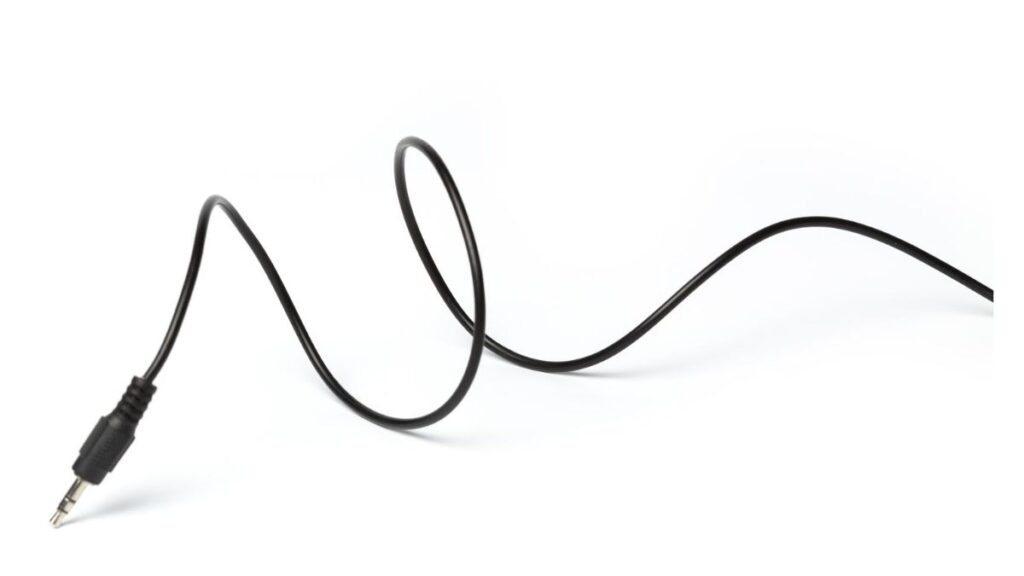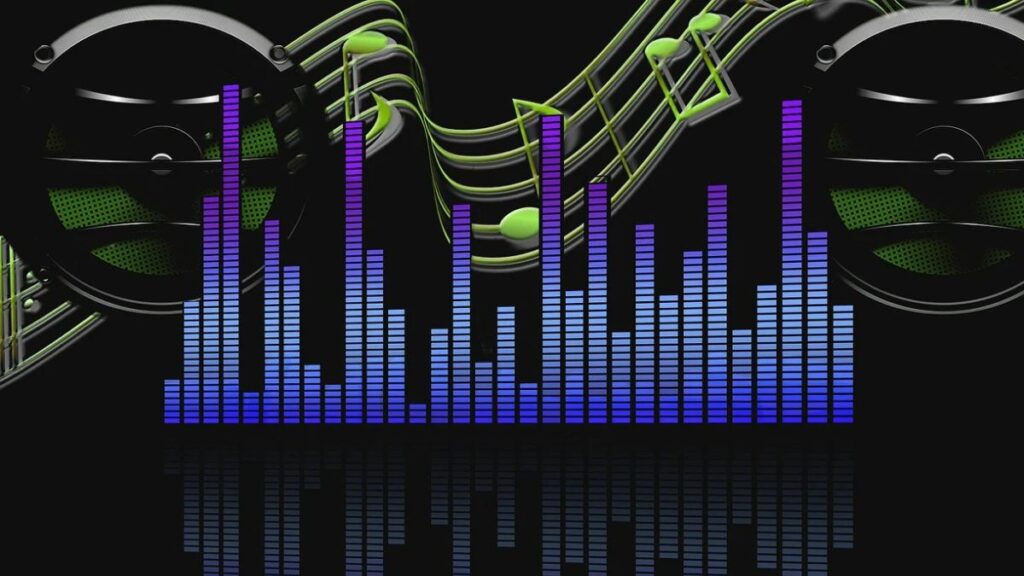Você notou que o conhecido conector de áudio de 3,5 mm está desaparecendo dos seus novos dispositivos? Muitas pessoas o chamam de Cabo P2. Essa pequena e confiável entrada tem sido o padrão para fones de ouvido por décadas. No entanto, uma grande mudança tecnológica está em andamento. Isso deixa muitos usuários com dúvidas sobre compatibilidade e o futuro do áudio.
Este guia definitivo explorará as razões do desaparecimento do tradicional Cabo P2. Primeiro, você conhecerá as principais alternativas que estão substituindo-o. Além disso, analisaremos o impacto na qualidade do áudio. Por fim, abordaremos etapas práticas para conectar seus equipamentos favoritos. Também recomendaremos aplicativos úteis do site “Guia de Aplicativos”. Esses aplicativos aprimorarão sua nova experiência de áudio.
Por que os fabricantes estão abandonando o cabo P2?
Os fabricantes estão removendo a porta de áudio clássica dos smartphones modernos. Isso também se aplica cada vez mais a outros gadgets. Essa decisão é estratégica. De fato, ela é motivada por diversos fatores. Não se trata apenas de design. Trata -se, sim, de engenharia e progresso .
A busca por dispositivos mais finos e mais espaço
Modern consumers demand sleek, lightweight devices. The 3.5mm jack requires a certain thickness. Consequently, it constrains the internal design. This prevents manufacturers from making phones even slimmer.
Furthermore, internal space is extremely valuable. Every millimeter freed by removing the jack can be used elsewhere. This valuable real estate is often used to accommodate other, more demanded components. For example, it makes room for:
- Larger batteries, which provide longer autonomy.
- Advanced camera systems, requiring complex modules.
- New processing chips or internal cooling mechanisms.
Digital Audio Quality and Advanced Features
The P2 Cable transmits an analog signal. This means the device must convert the digital audio data to an analog wave. This happens before the signal leaves the phone. Usually, an internal component called a DAC (Digital-to-Analog Converter) handles this conversion.
Modern connections, like USB-C and Lightning, transmit the audio signal digitally. Thus, the conversion to analog can happen in the headphones or an external adapter. This shift offers significant advantages.
- Potentially Better Quality: External DACs are often in high-end headphones or specialized adapters. They are not limited by the phone’s space constraints. Therefore, they offer superior audio fidelity.
- Active Noise Cancellation: Digital connections allow headphones to draw power directly from the device. This enables powerful features like Active Noise Cancellation (ANC). They do not need a separate battery.
- Smart Accessories: The digital port supports two-way communication. In short, this opens the door for smart accessories. These accessories can receive updates or customize settings directly from the device.
The Successors: USB-C and Wireless Technology
The technological gap left by the P2 Cable is being filled by two dominant technologies. Specifically, these are the versatile USB-C port and advanced Bluetooth connectivity.
The Versatility of USB-C Audio
The USB-C connector has become the universal standard. It handles charging, data transfer, and video output. Naturally, it has embraced audio as well. This single port simplifies the hardware design. Moreover, it streamlines the user experience.
- One Port Does It All: Users only need one port for all functions. This reduces cable clutter.
- Built-in DACs: USB-C headphones or adapters integrate their own DAC. This ensures consistent audio quality. This is true regardless of the host device.
- High-Resolution Audio: USB-C handles higher digital bandwidth. Consequently, it facilitates the transmission of high-resolution audio files (Hi-Res) without loss.
The Dominance of Bluetooth and True Wireless
Undoubtedly, wireless technology is the biggest game-changer. The rise of True Wireless Stereo (TWS) earbuds has radically altered consumer habits.
The modern Bluetooth standard (like Bluetooth 5.0 and beyond) has mitigated historical issues. These include latency and connection drops. Furthermore, new audio codecs (such as LDAC, aptX HD, and LHDC) ensure high-quality audio. This audio can be transmitted wirelessly with minimal data loss.
- Freedom of Movement: The primary benefit remains complete freedom from wires.
- Smart Features: Integration with voice assistants (Siri, Google Assistant) is seamless.
- Better Battery Management: Battery life in wireless headphones continues to improve dramatically. Hence, the convenience keeps increasing.
Dealing with the Transition: Practical Solutions
What should you do if your new device lacks the 3.5mm jack? Perhaps your favorite headphones still rely on the old P2 Cable. Thankfully, the transition is manageable. Several cost-effective solutions exist.
Options for Keeping Your Old Headphones
Most users choose one of the following practical solutions:
- The USB-C/Lightning Adapter: This is the simplest and most common solution. A small, inexpensive dongle converts the digital port into a traditional 3.5mm jack. While sometimes cumbersome, it is highly effective.
- The External DAC/Amplifier (Dongle DAC): This is an excellent choice for audiophiles. These adapters are more robust. They feature high-quality DACs. Indeed, they often outperform the chip in the original smartphone. Thus, they improve the sound quality of any connected P2 Cable headphone.
- Bluetooth Transmitter: Consider this for larger, non-wireless audio systems. For example, an older home stereo. A Bluetooth transmitter can connect to the system’s P2 input. This allows it to receive audio wirelessly from your modern phone.
It is important to select quality adapters. Cheap or generic dongles may sometimes introduce background noise. In addition, they might fail to support microphone functions.
Enhancing Your Audio Experience: Recommended Apps
You now understand the change in physical ports. Therefore, you can use software to fully optimize the new digital audio streams. As the “App Guide” site, we recommend the following applications. They will improve your listening experience. This applies whether you use USB-C headphones or a new TWS pair.
| Recommended App | Functionality | Why it Matters for Digital Audio |
| Wavelet (Android) | AutoEq function for parametric EQ. | Allows precise equalization to match the sound profile. This compensates for hardware limitations in almost any headphone model. |
| Equalizer FX (iOS/Android) | Global system equalizer and bass booster. | Provides general sound adjustments. This is very useful for low-end TWS earbuds. Crucially, these often lack manufacturer app control. |
| Tidal/Qobuz | High-Fidelity Music Streaming. | Take advantage of the high digital bandwidth of USB-C. Stream true Hi-Res Lossless Audio. This also works with advanced Bluetooth codecs. |
| Bluetooth Scanner/Analyzer | Diagnoses connection quality and codec support. | Helps the user check their wireless connection. Specifically, it ensures the use of the highest quality codec available (e.g., LDAC or aptX Adaptive). |
By utilizing these tools, users can successfully transition from analog constraints. This leads to a world of digital audio customization and high fidelity. The shift from the P2 Cable is more than just removing a port. Instead, it is an opportunity for superior, personalized sound.
Will the P2 Cable Disappear Completely?
The simple answer is no. It has largely disappeared from flagship smartphones. However, the P2 Cable will certainly remain relevant in certain niches.
- Professional Audio Equipment: Mixers, studio monitors, microphones, and professional cameras still widely rely on the 3.5mm and larger 6.35mm jacks. They value their reliability, low latency, and standardization.
- Budget and Mid-Range Devices: Cost-sensitive devices will likely retain the jack for the immediate future. After all, including an adapter would increase the final price.
- Laptops and PCs: These devices have more internal space. They also have multiple connectivity needs. Thus, the P2 port is expected to remain a standard feature for years to come.
Ultimately, the 3.5mm jack is transitioning. It is moving from a universal necessity to a specialized connectivity option. The technology continues its evolution. In essence, it moves toward integrated wireless systems and unified digital ports.
The Future of the Connection
A direção é clara: uma arquitetura de porta única (como USB-C) para todas as conexões com fio. Isso é complementado por padrões sem fio robustos e de alta fidelidade. Os consumidores estão priorizando a conveniência e a integração de recursos. Isso é mais importante do que a simplicidade do antigo cabo P2 analógico . Adotar essa mudança e utilizar as ferramentas digitais certas desbloqueia uma nova dimensão de qualidade de áudio.
Pronto para aprimorar sua audição? Explore adaptadores USB-C de alta qualidade. Como alternativa, invista em um par de fones de ouvido TWS com certificação Hi-Res .



